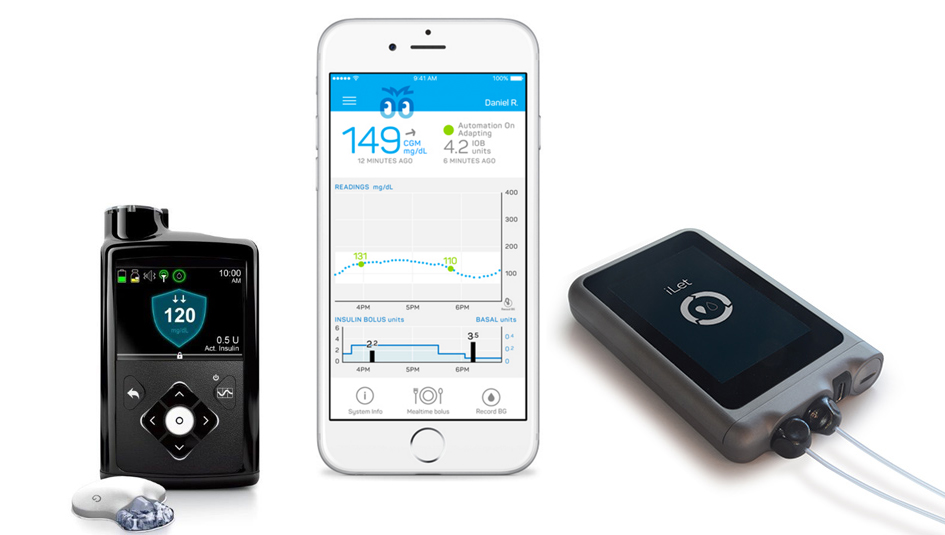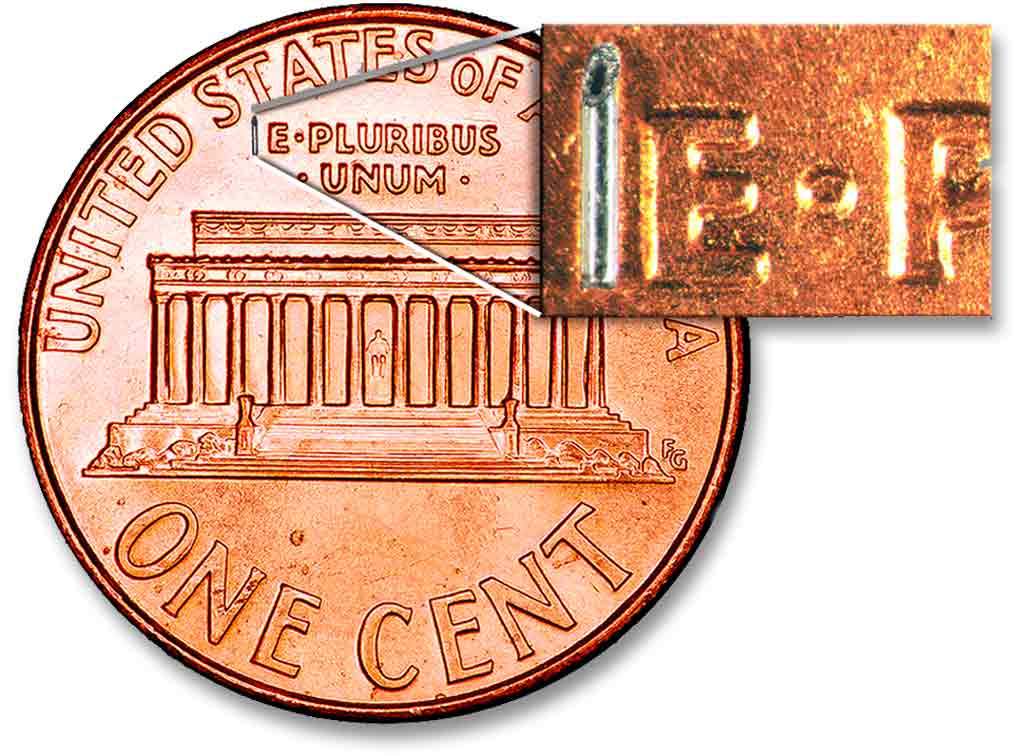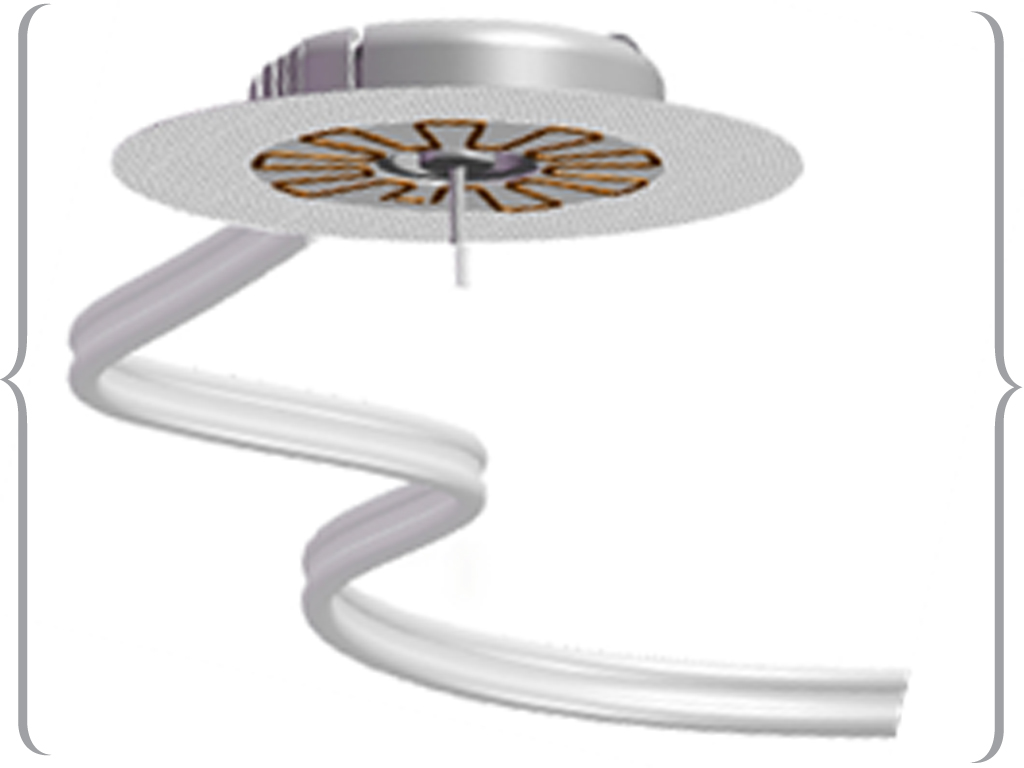Endocrinologist Says She Can’t Compete With Artificial Pancreas

At a recent JDRF Type One Nation summit in Hartford, Connecticut, an endocrinologist gave her personal perspective of efforts to develop artificial pancreas pump systems. Dr. Jennifer Sherr, an assistant professor of pediatric endocrinology at the Yale School of Medicine, has been involved in artificial pancreas technology since the early stages of this field of research.
As a researcher and as someone who has had Type 1 diabetes for more than 30 years, Dr. Sherr has a unique perspective to artificial pancreas development. She recalled as a researcher overseeing the early hospital-bound studies, when she had to stand over the beds of sleeping participants to monitor computer programs.
Read “Why You Still Have to Bolus with the First Artificial Pancreas.”
“I’m standing over them with the communicator saying, ‘Just go back to sleep everything’s fine,’” Dr. Sherr said.
Automated insulin delivery system development has been developed in stages, she said. Researchers first designed systems that could suspend insulin delivery when glucose levels reached a certain low threshold. The newest wave of artificial pancreas pump technology, including the Medtronic 670G which is currently hitting the U.S. market, can automatically adjust basal insulin delivery to adjust to glucose levels, but still requires the user to bolus. Eventually, researchers hope to fully automate insulin delivery and add glucagon delivery.
For years now, people affected by Type 1 diabetes have been eagerly awaiting the development of artificial pancreas technology, but some feared it was something of a white whale to be chased after but never obtained. That thinking has largely changed since the Medtronic 670G won FDA approval in 2016. Although some think the 670G falls short of being an “artificial pancreas”, and even Medtronic has hesitated to call it that, it does represent a moment when this technology moved from the theoretical to the practical.
Read “Why Kids with Type 1 Need an Artificial Pancreas Now.”
There are several companies which are racing to join Medtronic in the automated insulin delivery system marketplace. Dr. Sherr mentioned at least seven during her talk: Type Zero, Bigfoot Biomedical, Insulet, Ilet, Omnipod, Animas, and Tandem, and at least one other system that researchers have yet to formally name. She also disclosed that she has worked with Medtronic, Insulet, and Bigfoot Biomedical.
Dr. Sherr discussed the advantages these systems by sharing trial data. She said that researchers found that while the systems increased the time that people with Type 1 stayed in what is considered an acceptable blood glucose range, the biggest improvement could be seen at night. The systems also performed very well for those with special insulin needs. One study tracked pregnant women wearing automated insulin delivery systems, and some participants decided to wear the devices right through delivery. Once the women gave birth, the devices automatically sensed their changing glucose needs and adjusted automatically. The systems also especially helped another group with surging hormones who may “forget” to bolus, Dr. Sherr said.
“With adolescents, it was striking how much better they did with the system,” she said.
Dr. Sherr also witnessed the changes in automated insulin delivery on a personal level, as she participated in artificial pancreas trials as a patient. In one long-term study, she said she discovered what it was like to feel rested, and it was a feeling she had forgotten. She also said that her son told her she was nicer when wearing the system. At one point, she decided to use the new freedom of automated insulin delivery to indulge in a culinary tradition she had abandoned: Chinese food.
“What I realized that night was I hate Chinese food,” she said.
Overall, Dr. Sherr seemed to speak with a touch of awe about the progress being made in automated insulin delivery. She described looking at charts to see how one system adjusted basal insulin delivery, and she thought of all the trial and error she had to do with patients to try and achieve the same results.
“I’m never going to be able to mimic what this system can do,” she said.
4/15/2017 – Thanks to careful reader Thomas Jones, this article has been updated. We corrected the misspelling of Dr. Sherr’s last name, and the number of companies working on the artificial pancreas.
Thanks for reading this Insulin Nation article. Want more Type 1 news? Subscribe here.
Have Type 2 diabetes or know someone who does? Try Type 2 Nation, our sister publication.







